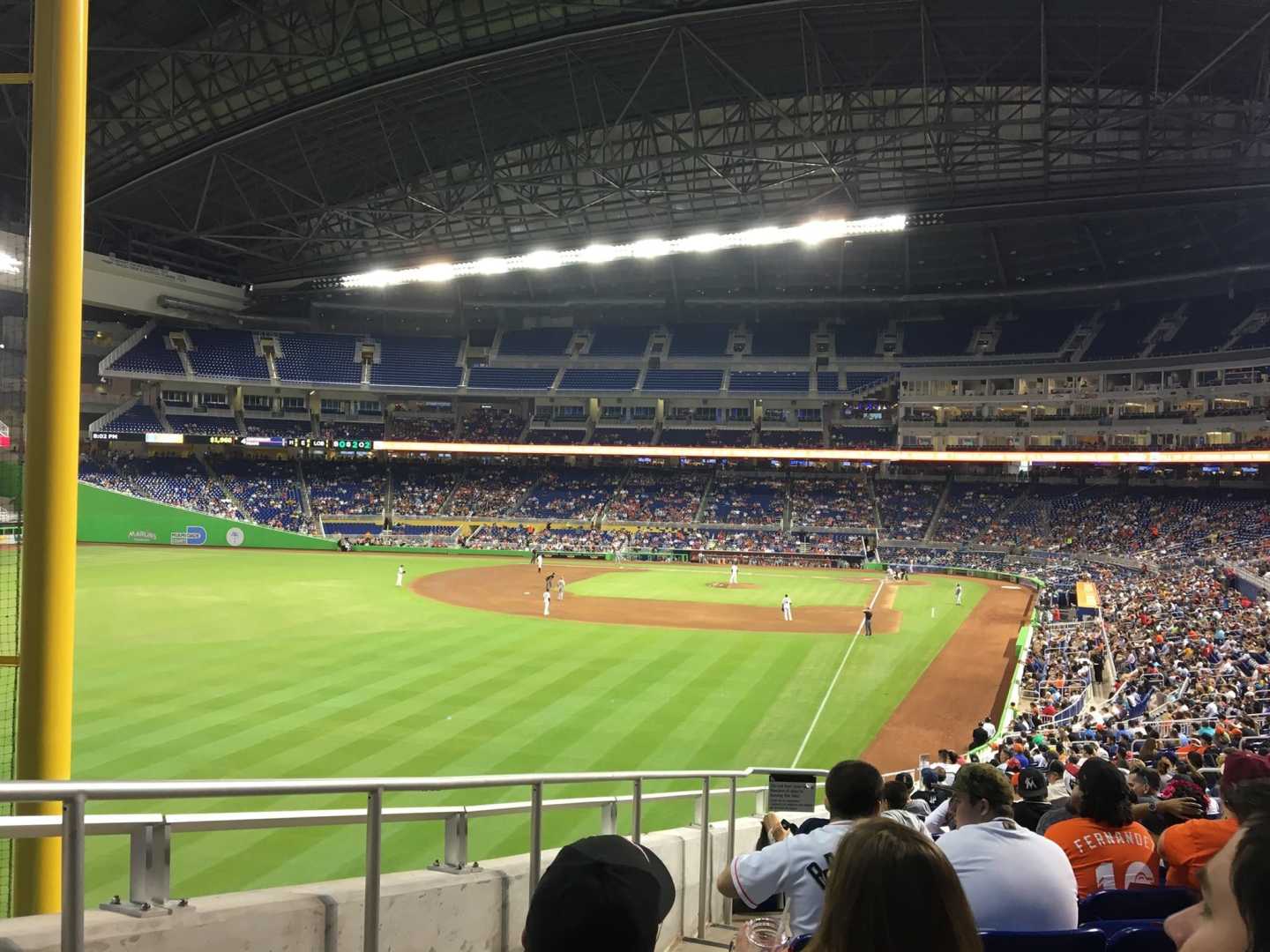Sports
Marlins Face Financial Chasm Compared to Dodgers Amid Attendance Concerns

MIAMI, Florida — As the Miami Marlins struggled to draw fans this season, Luis Diaz made the 40-minute drive from Pembroke Pines to catch a game against the Cincinnati Reds at LoanDepot Park on April 28, 2025. With tickets priced at only $14, Diaz and his friend John Hewitt found themselves part of a sparse crowd of just 7,646, one of the lowest attendances this season.
“We’ve got to find a way to make more money so we can compete with those high-end teams,” Diaz said, comparing Miami’s financial situation to the richer franchises. They were acutely aware of their club’s struggles as empty seats surrounded them, particularly in comparison to the packed Dodger Stadium where the Los Angeles Dodgers are set to host the Marlins in a three-game series.
In recent discussions, the disparity between MLB teams’ earnings has been a hot topic. The Marlins, with a payroll of $69.1 million, are set to face the Dodgers, who carry an estimated $476.5 million payroll. This staggering difference highlights a long-standing issue in Major League Baseball regarding financial inequalities.
“As a poorer team, it’s up to the owners to make better decisions with the business,” Hewitt added, observing the stark contrast in the atmosphere at Dodger stadium compared to Miami.
The financial inequalities extend to player contracts as well, with big-market teams like the Dodgers signing stars to lucrative deals while small-market teams struggle to compete. For instance, the New York Mets recently set a record with a 15-year, $765 million deal for Juan Soto. Meanwhile, many small-market teams, including the Marlins, have not signed any players to multiyear contracts this offseason.
Amid this backdrop, MLB Commissioner Rob Manfred expressed concerns about the financial disparities, emphasizing that spending inequalities across teams continue to pose challenges. In light of the upcoming end of the collective bargaining agreement, discussions surrounding salary caps and equitable team spending are anticipated to intensify.
Marlins owner Bruce Sherman defended the team’s strategy, focusing on building a sustainable and competitive organization despite the financial hurdles. Sherman’s vision for the Marlins includes investments in infrastructure and player development, suggesting a potential upside for the franchise.
However, the frustration among fans and players remains palpable. Diaz summed up the sentiment: “We can’t be mad at the Dodgers for having the money. They sell out every game.” The Marlins’ path to winning may have to address not only how to spend money better but also how to draw fans back into the stands.












